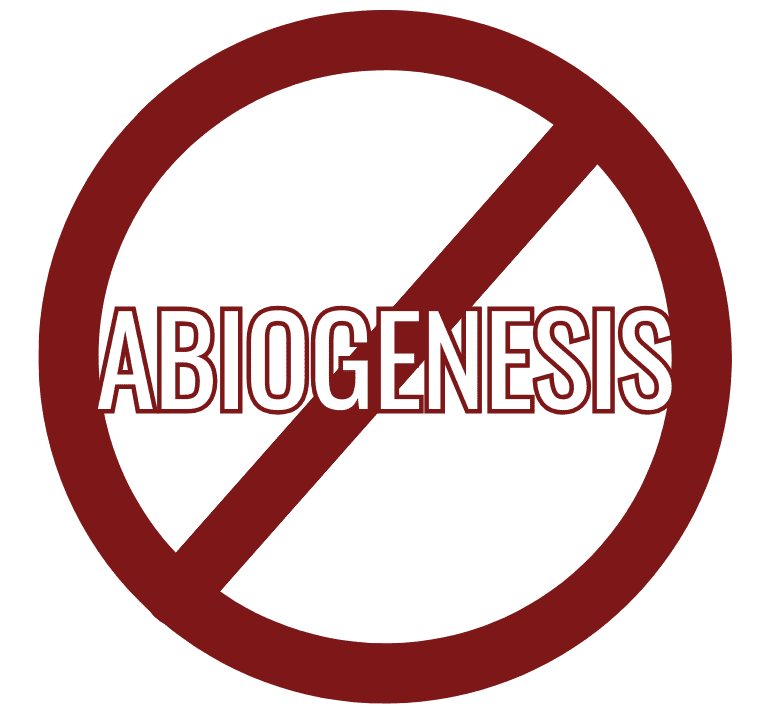Blood Clotting

November 30, 2023
Blood Clotting, also known a s coagulation, is a complex physiological process that helps to prevent excessive bleeding when a blood vessel is damaged. It involves several steps and the interaction of various components in the blood.
The process of blood clotting begins with blood vessel constriction to reduce blood flow and prevent further loss. Then, platelets play a crucial role in initiating clot formation. When blood vessel damage occurs, platelets adhere to the damaged site and release chemical signals that attract more platelets to form a platelet plug.
Next, a cascade of biochemical reactions occurs, involving various clotting factors. These factors work together to convert a protein called fibrinogen into fibrin, which forms a mesh-like structure that reinforces the platelet plug. Fibrin strands create a solid barrier that traps red blood cells and forms a clot.
The clotting process is regulated by a delicate balance between clot formation and clot dissolution. Once the damage is repaired, the clotting process is inhibited to prevent excessive clot formation. This is controlled by anticoagulant factors that limit the size and duration of the clot.
It's important to note that while blood clotting is crucial for preventing excessive bleeding, it can also be problematic if it occurs inappropriately or excessively. Conditions such as deep vein thrombosis, stroke, or clotting disorders can lead to abnormal clot formation, which can have serious health consequences.
Understanding the physiology of blood clotting is essential for diagnosing and managing various clotting disorders and developing treatments to prevent or dissolve blood clots when necessary.
Unveiling Truths, Answering Queries
Reach out to me with your questions, thoughts, or simply to engage in a conversation about the intricacies of life's origin. I'm here to provide insights, address your inquiries, and foster meaningful discussions. Let's navigate the realms of abiogenesis and the role of chemistry together. Fill out the form below, and I'll get back to you as soon as possible.
